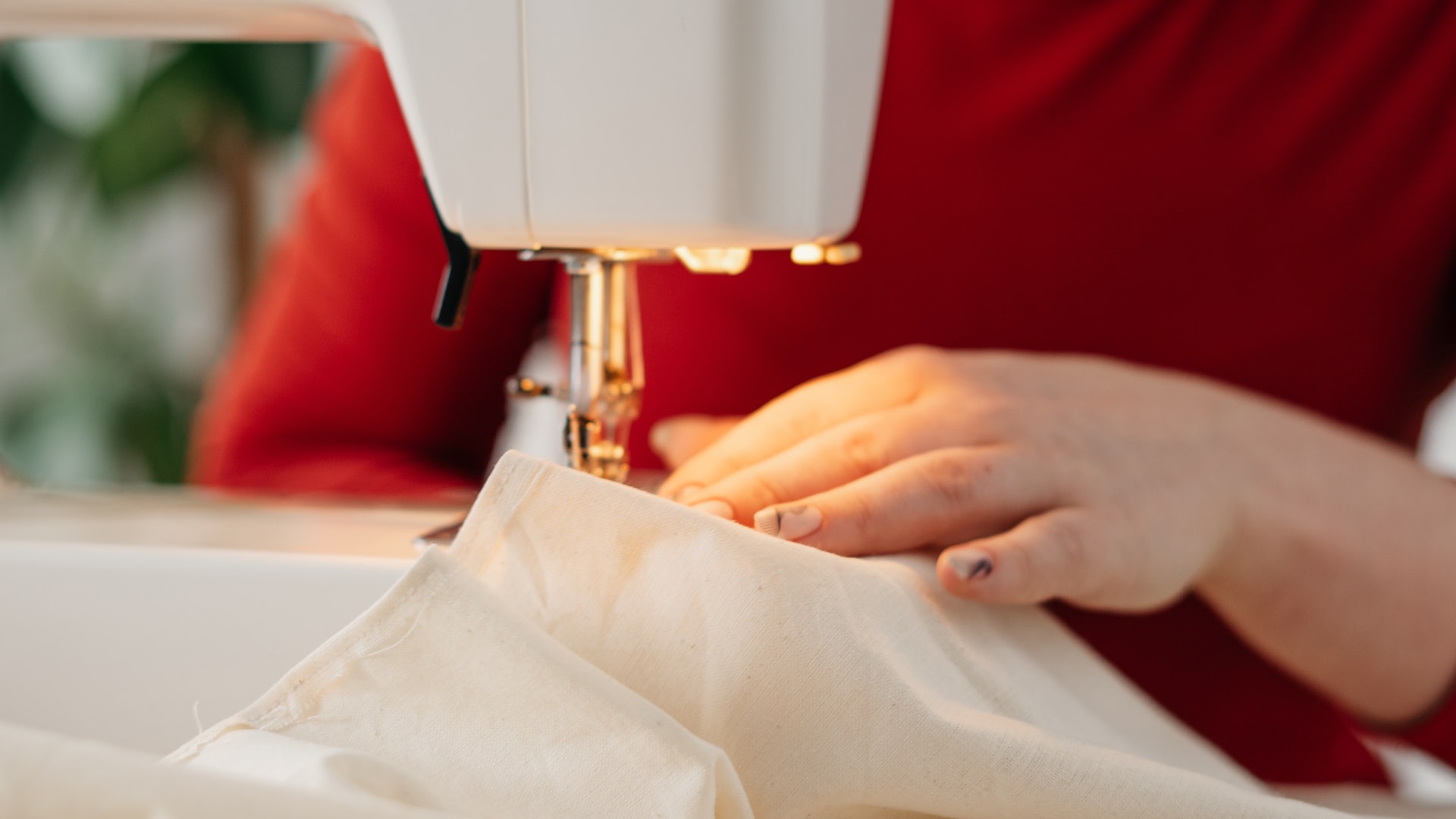

The journey of digital transformation starts from automated machinery, passing IoT integration and aiming at the coordination of ecosystems. It is one of the longest journeys across all industries which all starts from advancement in hardware technology. The invention of the sewing machine in the apparel industry was one of the most important steps toward digital transformation.
In order to further decrease the labour density, the hardware evolvement was applied to different technologies such as a data collective sewing machine or a smarter AI-driven cutting laser.
On the other hand, there are another group of players too who develop different software and IoT solutions in order to manage the supply chain and the factory operation. The second stage of this evolutionary process usually takes most of the time. Thus, the players of the hardware and software do not have much connection and linkage with each other.
The third stage of players would start to integrate in the systems of the apparel manufacturing supply chain only if the level of development is similarly equivalent between hardware and software.
The integration of both hardware and software would maximise the power of the data. This would further enhance the efficiency of the manufacturing production. Manufacturing production is the field towards which the apparel industry is currently moving. Some of the hardware players are even providing integrated solutions for various apparel factories.
In the near future, the supply chain of the whole industry will be coordinated into a software system that is linked with the hardware. This would not only cover the production line but also each stakeholder in the ecosystem such as logistics and retail. AI based technology is expected to enhance the system in both the softwares and hardwares. This step is the fourth stage towards the evolvement of Digital Transformation in the apparel industry ecosystem coordination.
The process of pre-production is mainly for material sourcing and preparation. This has a lower level of digitalization as of now because the cost of the materials differs by brands and countries. The main process to be digitized is a production which takes most of the product cost. In this process, different technologies in the hardware and software can be applied and updated. This particular leads to the creation of various integrated solutions in order to ensure that the real-time information can be noted down for analysis of every process.
The production process mostly covers pattern and cutting, sewing, and checking and rework in the factory supply chain. It is also the process that has the most potential to be digitalised.
Therefore, one of the main areas of current innovation in cutting is related to much-elaborated sub-functions or supplementary assistance to the already existing cutting technology. This can in return increase the productivity, versatility and pattern-matching capability.
Meanwhile, the pattern matching capability is one of the most time-consuming and labour-consuming processes before the actual garment-making process takes place. The pattern matching process will also produce a lot of waste that comprises unnecessary material between rough and fine cutting. In order to improve the accuracy of the pattern with less percentage of waste then, the onscreen image projection on the fabric surface before cutting is the right choice. Fabric optimization during pattern making and then cutting should be highly taken care of.
Therefore, digitalization is one of the new approaches to reduce the apparel manufacturing cost in the long run, especially during the post-COVID-19 times. The production process of sewing can be further divided into two sub-functions – handling of the material and joining of the fabric components. The material handling process in the apparel manufacturing industry indicates the process of transporting work from one place to another. This includes lifting, moving, mounting, repositioning, and storing of work in progress.
We at JD Institute offer garment manufacturing courses that help in the garment manufacturing industry. We make sure you learn the ropes of working in the garment manufacturing industry by taking a garment manufacturing course as your curriculum. A garment manufacturing course has a lot to offer in terms of skills and great career opportunities.
You can be a great garment manufacturer in the apparel industry after pursuing a garment manufacturing course. This course is the right fit for anyone who is looking forward to a career in the apparel industry. They offer exposure in the industry through varied participation at TFA and through active discussion through JD council.